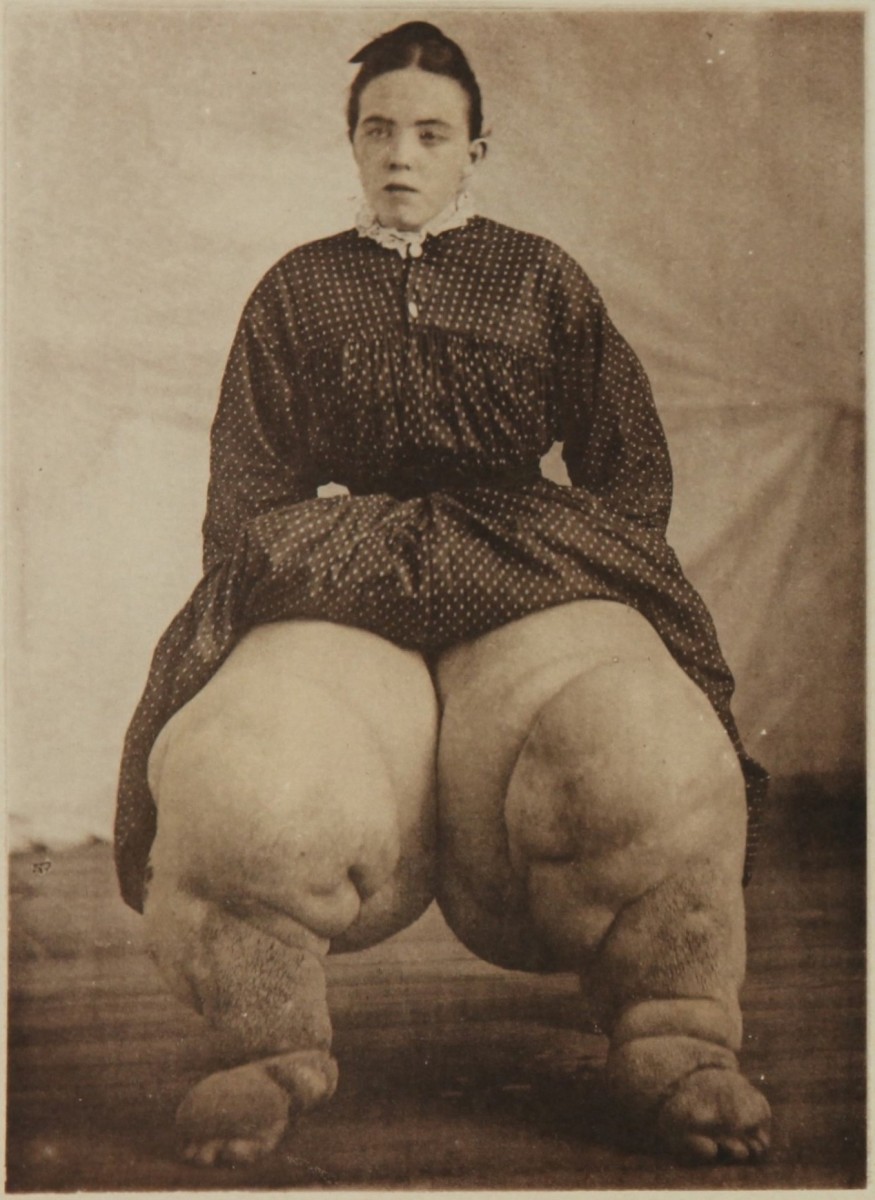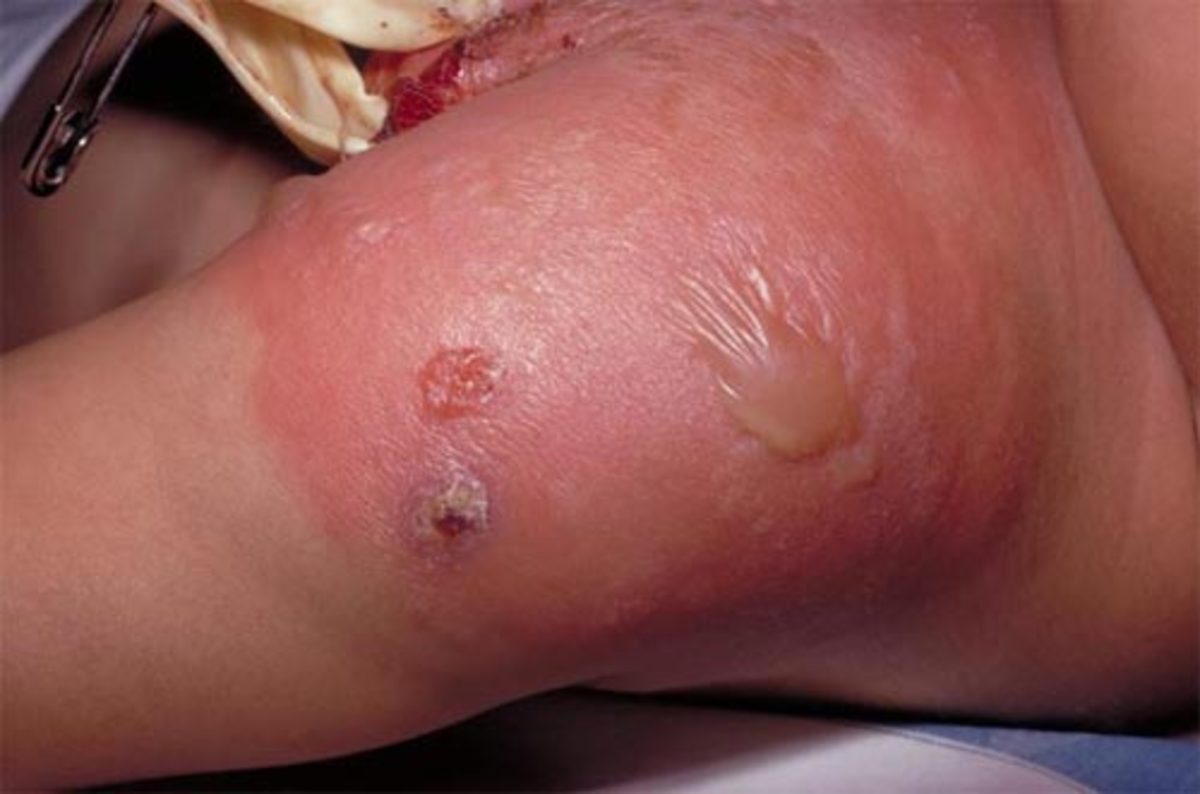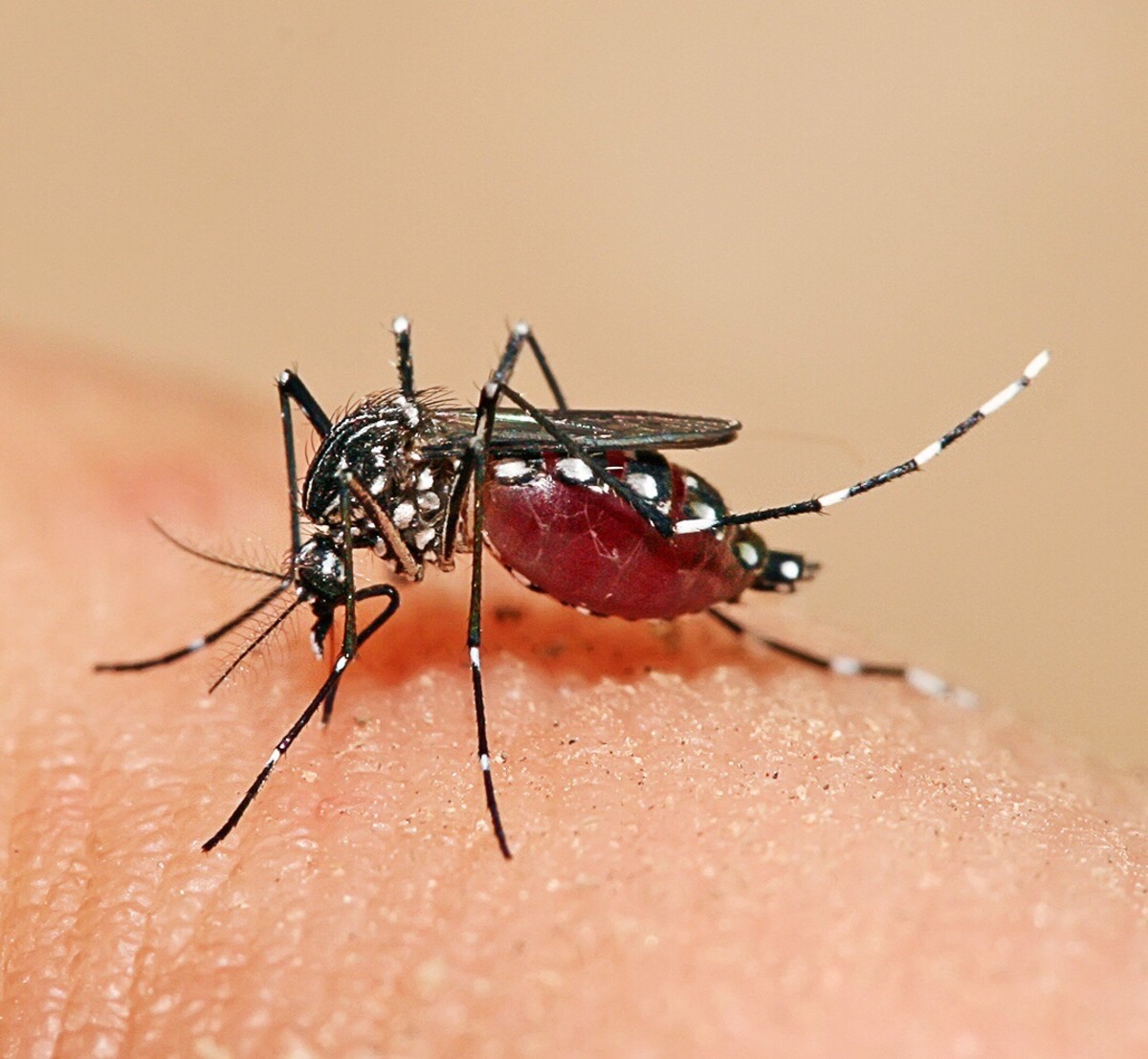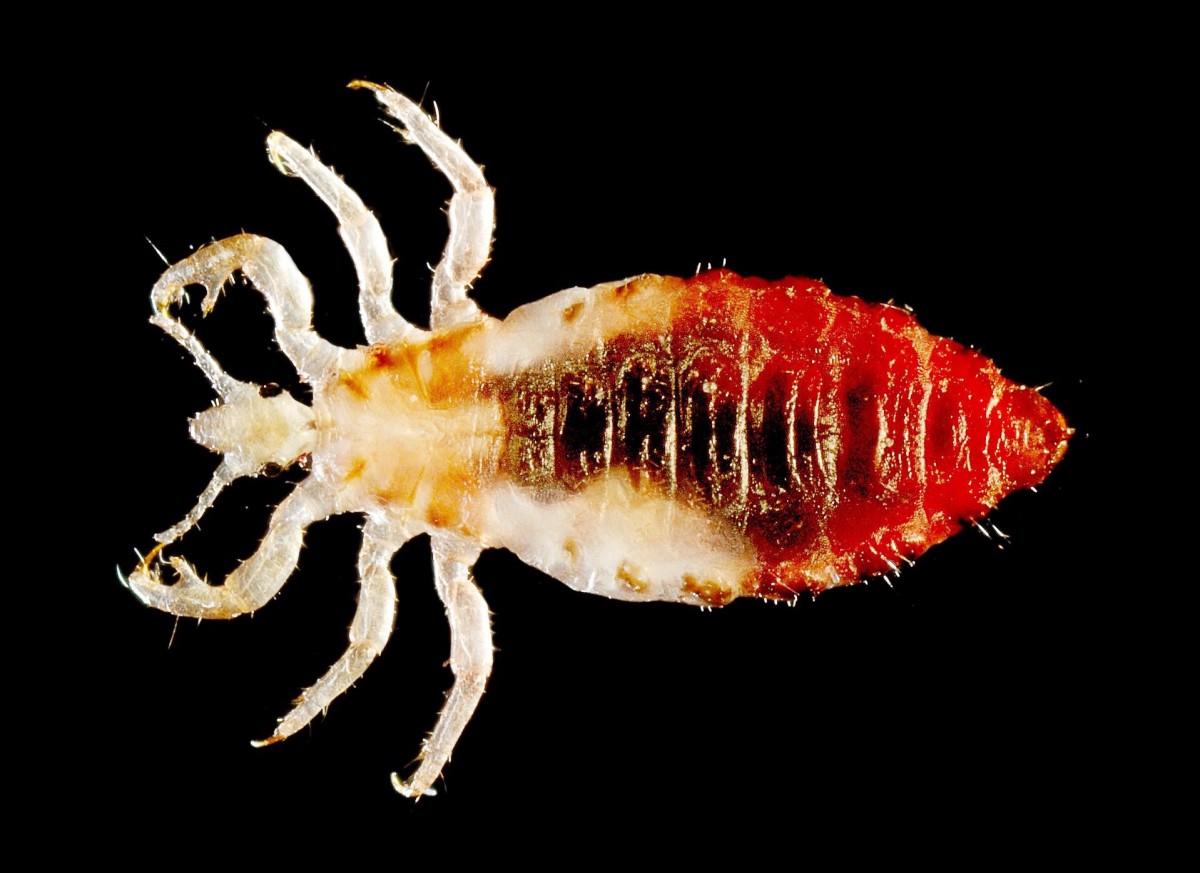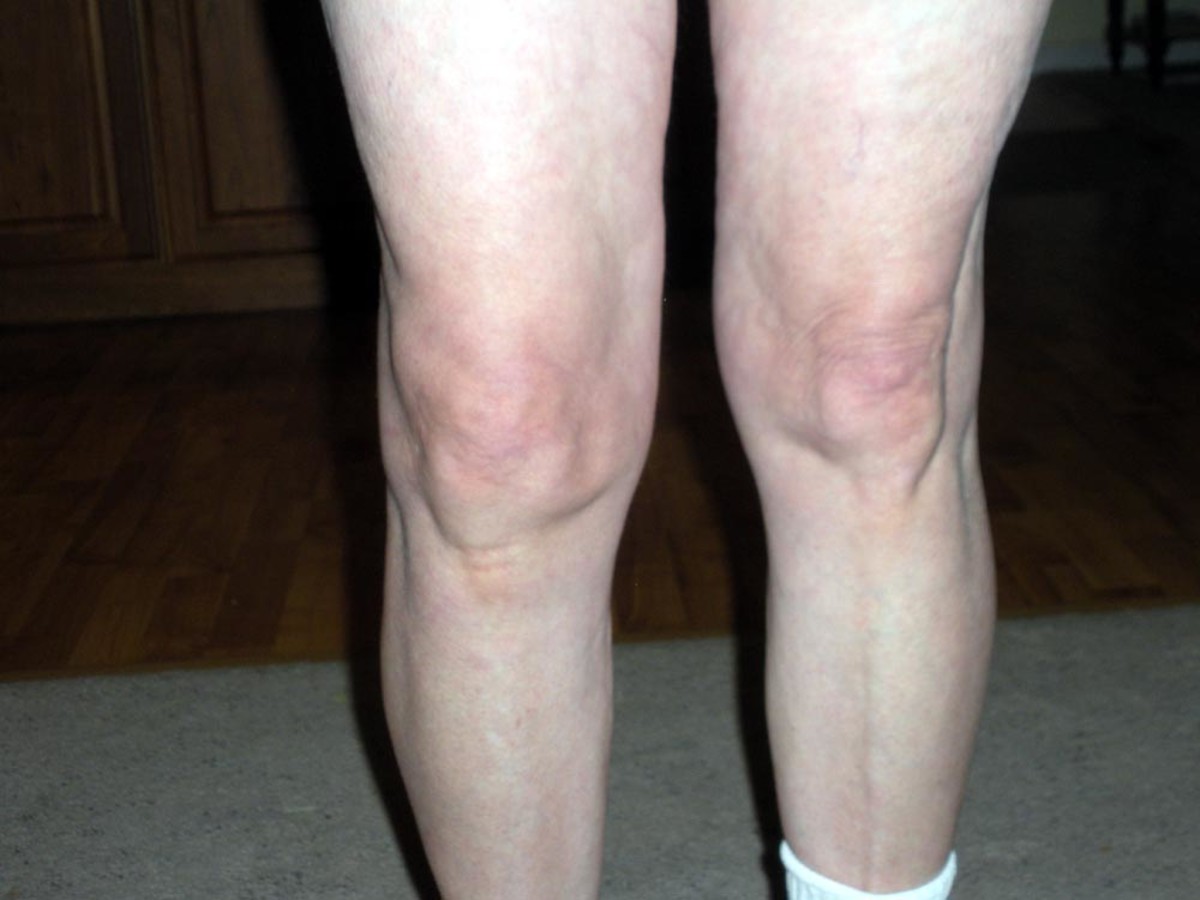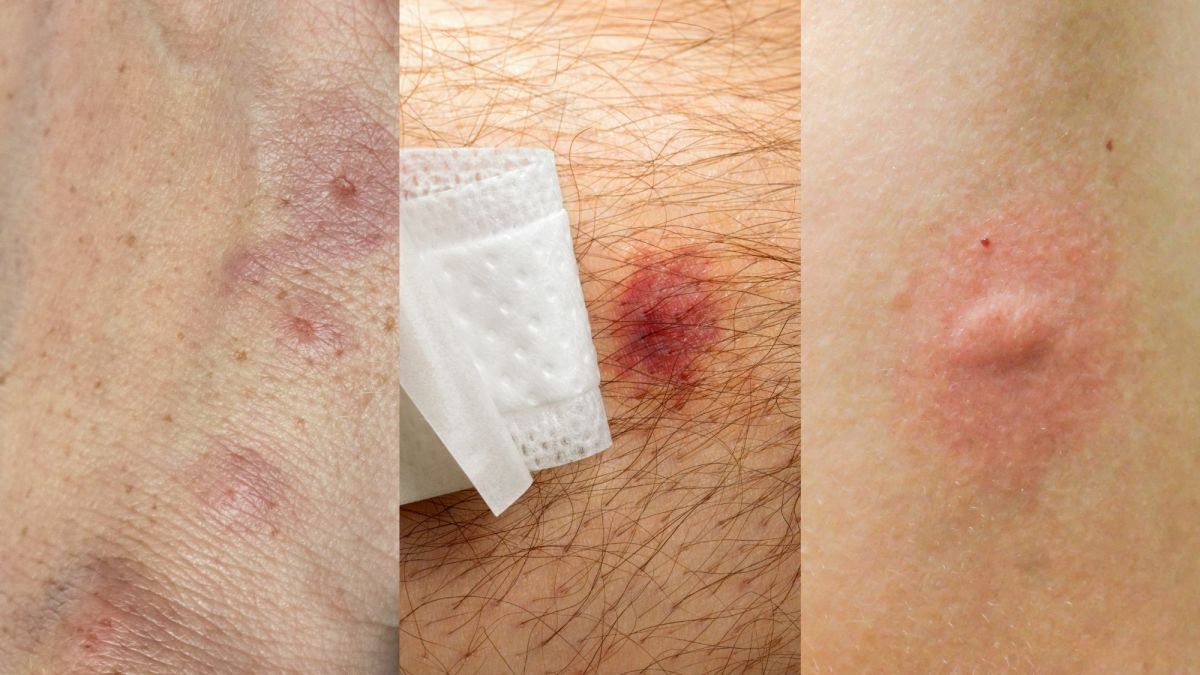The Ebola Virus Disease - Cause, Symptoms and Treatment
Ebola virus disease (EVD), a fatal infectious disease struck Guinea in December 2013. The first case of EVD was identified in an 18-month-old boy from a rural area in south-east of the country. It is thought the boy was infected by bats.
In March 13, 2014 Guinea's Ministry of Health issued an alert for an unidentified illness. The virus on loose was confirmed as Zaire ebolavirus by Pasteur Institute in France.
The World Health Organization (WHO) declared an outbreak of Ebola virus disease in March 23, 2014. The virus had infected 49 people and 29 deaths were officially reported.
The disease spread beyond Guinea's border to include Sierra Leone, Liberia and Nigeria. EVD was declared an outbreak in Liberia (March 30, 2014), Sierra Leone (May 25, 2014) and in Nigeria, (July 25, 2014).
The WHO declared the disease a Public Health Emergency of International Concern (PHEIC). This alert is designated "only for events with a risk of potential international spread or that require a coordinated international response."
Other countries were affected with fewer cases of EVD which include: Italy, Spain, United Kingdom, United States, Nigeria, Mali and Senegal.
Later, there were cases of secondary infection particularly in healthcare setting in United States, Italy, Mali and Nigeria.
Guinea, Sierra Leone and Liberia, which were the most hard hit by EVD, reported a total of 28,616 cases and 11,310 deaths. The other affected countries where Ebola virus disease had spread either through primary or secondary infection reported 36 cases and 15 deaths.
The 2014-2016 Ebola virus disease outbreak was the largest outbreak to occur in West Africa.
Background History of Ebola Virus Disease
Ebola virus disease was first identified in 1976 in Zaire and Sudan. The disease was named after the Ebola River found in Zaire (currently the Democratic Republic of Congo).
The first outbreak of Ebola virus disease occurred in southern Sudan, currently South Sudan. The strain responsible for the outbreak was Ebola-Sudan (Sudan ebolavirus). More than 240 people contracted the disease. The mortality rate of the Ebola virus was 53%.
The second Ebola virus disease outbreak occurred in Yambuku, Zaire. The second breed of Ebola virus disease responsible for the outbreak, Ebola Zaire (Zaire ebolavirus) was discovered. More than 318 people were infected by the virus. The mortality rate was 88%.
The third strain of the Ebola virus was detected in Reston, Virginia, the U.S. in 1989. Ebola Reston was identified in infected monkeys that were imported to Reston, Virginia from Mindanao, Philippines. This type of Ebola virus does not infect humans.
The fourth strain of the Ebola virus, Taï Forest virus (Taï Forest ebolavirus) was identified in Ivory Coast (1994). It was discovered after a female ethnologist accidentally injected herself when performing a necropsy on a dead chimpanzee.
The last strain of the Ebola virus, the Bundibugyo virus (Bundibugyo ebolavirus) was identified in Uganda (2007). Its mortality rate was 25%.
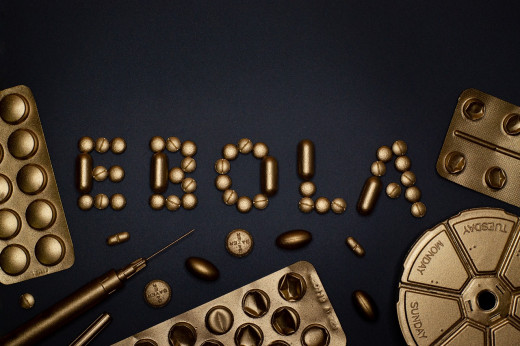
Cause of Ebola Virus Disease
Formerly known as Ebola hemorrhagic fever, Ebola virus disease tends to be a potentially deadly disease if early treatment is not administered.
Ebola virus disease mainly occurs in remote areas of Central and West Africa that are close to tropical rainforests. It has a fatality rate of between 25% to 90% depending on the strain of the virus. "The average EVD case fatality rate is around 50%. Case fatality rate have varied from 25% to 90% in past outbreaks."
The source of Ebola virus is not yet known though fruit bats are thought to be natural hosts of the virus.
Humans contract the virus through close contact with bodily fluids (e.g. blood, secretions) and organs of infected animals such as fruit bats, gorillas, forest antelope and chimpanzees.
Transmission of Ebola Virus Disease
Once a person contracts the disease from an infected animal, the person is capable of infecting other humans thus paving way for human-to-human transmission. This occurs when an uninfected person comes in direct contact with bodily fluids and organs of an infected person. This includes touching the dead body of an infected person. The virus gains entry into the body through broken skin of mucous membranes.
Some of reported cases of infection and deaths in the infected West African regions occurred when people handled dead bodies in preparation for burial. Also, healthcare workers were infected in the regions by treating the infected Ebola patients without wearing protective gloves and clothing.
Another mode of infection is through touching contaminated objects or surfaces.
Lastly, as noted above, eating bush meat that has been infected by Ebola virus is another means of human infection.
Ebola virus disease is not an airborne, water-borne or food-borne disease. It is similar to HIV/AIDS. It is spread through contact with body fluids of an infected person. Consequently, it is less of a contagious disease than Bilharzia and Tuberculosis.
The World's Most Dangerous Virus
Symptoms of Ebola Virus Disease
The symptoms of the Ebola virus disease commence from 2-21 days after a person contracts Ebola virus. The symptoms range from mild to severe. If early treatment is not sought, it can prove to be fatal as it can result to damage of body organs and interfere with the immune system rendering it useless in fighting the viral infection.
When the immune system of the infected person is overpowered, the health of the person further deteriorates. “Ultimately, Ebola causes levels of blood-clotting cells, called platelets, to fall, which can lead to severe bleeding,” states WebMD.
The initial symptoms of the disease are:
- Headache
- Muscle and joint pains
- Fever
- Diarrhea
- Sore throat
- Fatigue
- Chills
- Nausea
- Vomiting
- Weakness
- Low-back pain
The severity of the symptoms include:
- Bleeding inside and outside of the body (eyes, nose, ears, mouth,h, and rectum)
- Swelling of the eyes
- Swelling of genital
- Increased pain in the skin
- Difficulty breathing
- Rashes appear all over the body containing blood.
- Cough
- Chest and stomach pain
- Weight loss
As the condition of the infected person worsens, he/she develops the following complications:
- Shock
- Comma
- Delirium
- Jaundice
- Seizures
- Severe bleeding
- Failure of several organs to function properly or stop functioning altogether
According to MedlinePlus Medical Encyclopedia, an estimated 90% of patients infected by Ebola virus disease die. This results from patients dying from shock (low blood pressure) as opposed from blood loss.
Patients who survive from the disease may manifest several health problems such as hair loss, sensory changes, headaches, fatigue and inflammation of eyes, testicular and liver.
Some people recover immediately from the disease whilst others get better after several weeks. This results when the infected seek early medical treatment.
Data is limited why some people recover from the infection while others succumb to the disease. Scientists speculate among other reasons to do with how healthy a person is, that is, how strong or weak the immune system of the infected person is.
Tests and Treatment
The first obstacle faced in diagnosing Ebola is distinguishing the signs and symptoms of the disease from other diseases e.g. malaria and typhoid. The symptoms might also resemble those of pregnancy.
According to World Health Organization (WHO), the following diseases should be ruled out before analysis of Ebola is made: malaria, typhoid, fever, cholera, shigellosis, leptospirosis, plague, rickettsiosis, relapsing fever, meningitis, hepatitis,s, and other viral hemorrhagic fevers.
There is no cure for Ebola. The antiviral medications administered do not work fully in treating the disease. They are meant to manage the symptoms.
The patients undergo supportive hospital care or standard treatment to manage the symptoms. Supportive care includes:
- Maintaining blood pressure
- Provision of oxygen to maintain normal breathing
- Provision of fluids and electrolytes through a vein in order to rehydrate the person since the infected person loses a lot of fluid,
- Provision of diet
- Treating secondary infections
- Transfusion of fresh blood or platelets is required in cases when the patient is bleeding
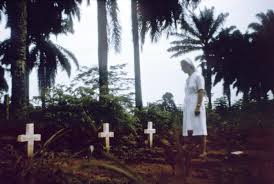
Vaccine
According to WHO, an experimental Ebola virus proved highly protective against EVD in a major trial in Guinea in 2005. "The vaccine, called rVsv -ZEBOV, was studied in a trial involving 11, 841 people. Among the 5,837 people who received the vaccine, no Ebola cases were recorded 10 days or more after vaccination. In comparison, there were 23 cases 10 days or more after vaccination among those who did not receive the vaccine," states WHO.

